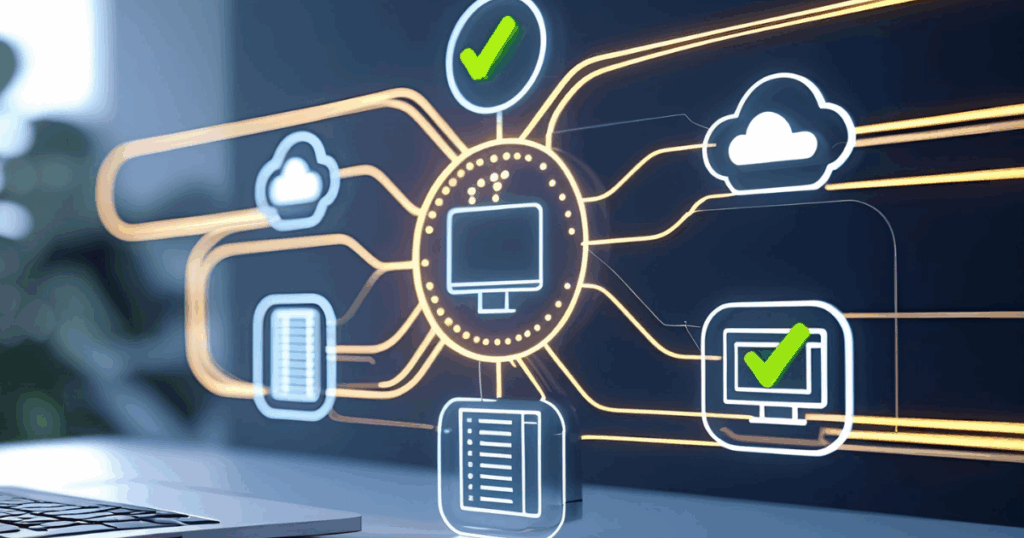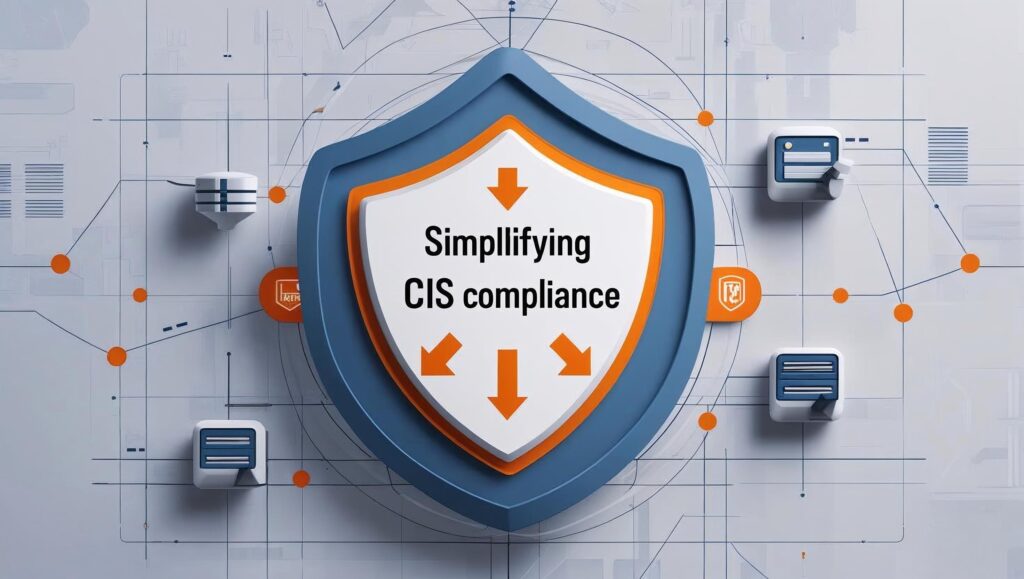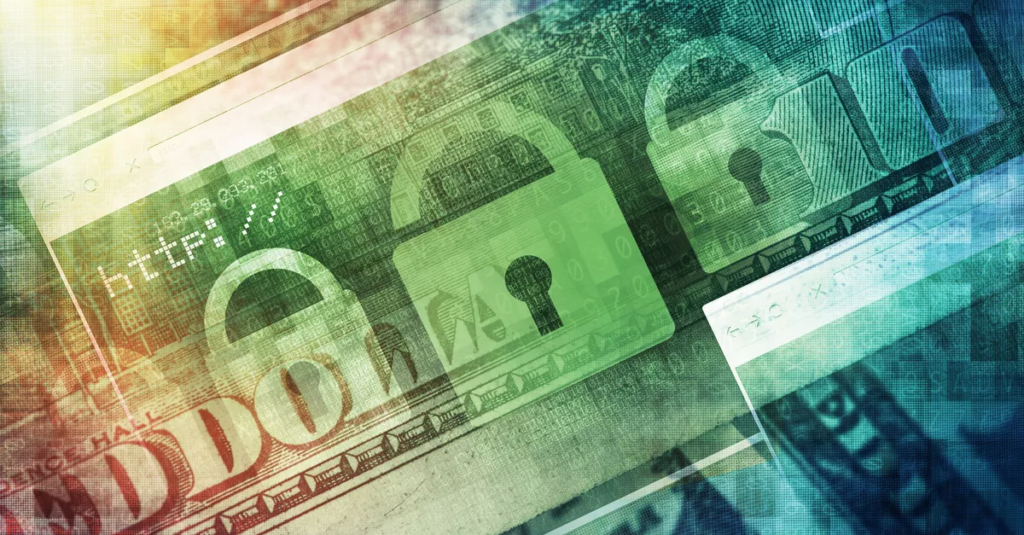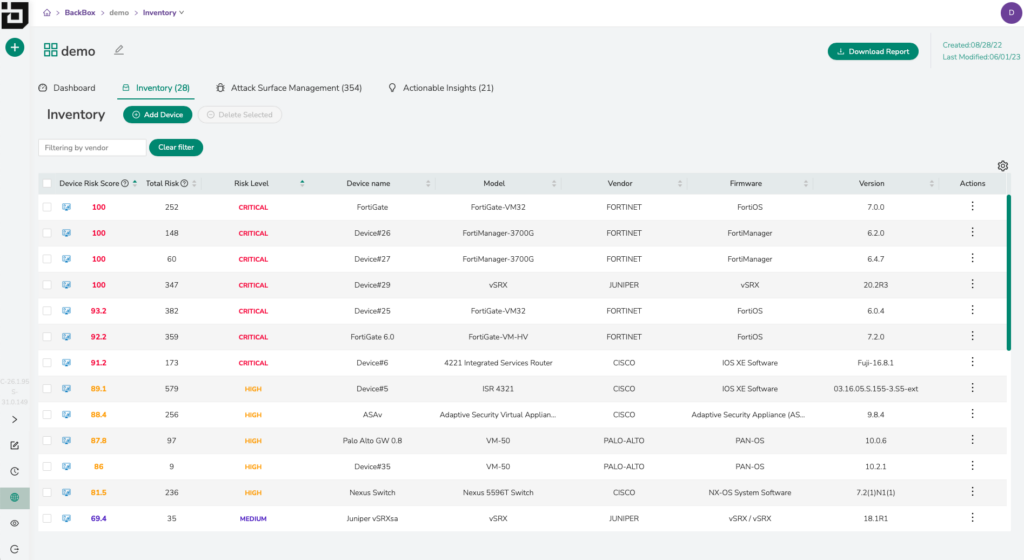BackBox Achieves SOC 2 Type 2 Compliance for 2025
Organizations are increasingly concerned about the security, privacy, availability, and integrity of shared data. The BackBox network cyber resilience platform prioritizes privacy and security to maintain data confidentiality and integrity. This commitment is demonstrated by our continuous achievement of SOC 2 Type 2 attestation, which offers independent validation that our security controls and operational processes […]









